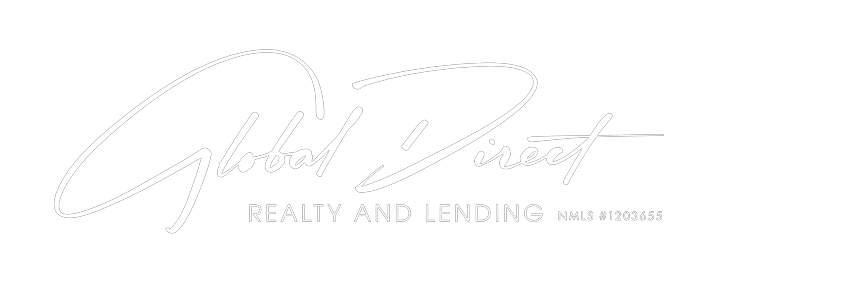We guess that the fact that young people are not interested in buying a home at once these days has been a big contribution to the fact that the housing industry has never truly recovered from the Great recession. This means that while the interest rates are still quite high right now, the percentage of new mortgages got lower… While it may fall in line with the kind of a wanderlust psychology that the current 20-somethings generation is all about, it is still a.
If we talk about economic theory and predictions, those factors should be resulting in a boom in mortgage refinancing. But locking in a deal is proving to be a challenge these days — even for well-heeled homeowners.
The reason for this is that low appraisals and tight lending standards are making it hard for many borrowers to refinance, even if they have good credit rate and substantial assets. Even those who meet these hurdles can face frustrating waits.
The good news is that borrowers still have something they can do.
By switching assets to your mortgage Borrower, cleaning up your credit and havign a better understanding of how the new government programs work, you can improve your chances of scoring a good refinance deal.
“The reward in the end is substantial, provided you can survive the process,” says a vice president at mortgage-data provider our experts.
Powerful Lure
Today’s interest rates are a powerful lure even for homeowners who bought or refinanced a home recently. The average rate on a 30-year fixed-rate conforming mortgage is 3.84%, down from 4.22% in mid-March and the hitting a rcord low level in at least 60 years, according to our experts.

Happy young family with little girl preschool age smiling while bonding together at home
Homeowners can save a bit still. At current rates, someone who took out a $400,000 mortgage in May 2011 at 4.75% could shave more than $200 on his monthly payment, according to our experts.
You don’t want to have so much money going toward your mortgage every month that you can’t enjoy life or take care of your other financial responsibilities. Tom Stoppard
The latest drop in rates has created a big pool of potential borrowers. All in all, about 20.5 million homeowners have agreed to mortgage rates above 5% and are current on their loan payments, according to real-estate data and analytics company CoreLogic, making them good candidates for a refinance. Another 12.9 million have rates between 4% and 5%.
Lance Roberts, a money manager who lives in a Houston suburb, took in a 5.25% rate when he refinanced his mortgage at the end of 2010. Now he is refinancing again, to a loan with a rate of about 4%. “I was great,” he says, “but at 4%, I’m doing even better.”
As a rule of thumb, anyone who can find a deal that will recapture the closing costs within 18 months should totally go for it, says a local mortgage banker in Boulder, Colo.

Happy young family with little kids sit on sofa in kitchen have fun using modern laptop together, smiling parents rest on couch enjoy weekend with small children laugh watch video on computer at home
Relief, for Some
Many borrowers haven’t been able to use this advantegous lower rates situation because off being “under water,” meaning they owe more than their homes are worth. But some of these homeowners might soon get relief. Five of the nation’s biggest banks — Ally Financial, BAC, -0.68% C, +0.05% JPM, -0.47% and WFC, -0.15% — are required to refinance certain underwater borrowers as part of a $25 billion settlement of the government’s investigation of questionable foreclosure practices.
To qualify, borrowers must be up-to-date on their mortgage, have a loan owned and serviced by one of the five banks that was originated before Jan. 1, 2009, and meet other requirements.
Borrowers can expect savings, but the banks aren’t required to give them today’s rock-bottom rates. Under the settlement, the new rate must be at least 0.25 percentage point lower than the borrower’s existing rate, or decrease monthly payments by at least $100, though Ally and Citigroup say they will generally be refinancing borrowers into new loans with market rates under the program.
The current White House’s administration also has been trying to simplify it all for borrowers with loans backed by government-controlled mortgage companies Fannie Mae and Freddie Mac to refinance, even if they don’t have any equity in their homes or strong credit. Changes that took effect this year allow borrowers who owe more than 125% of their home’s value to refinance under the government’s Home Affordable Refinance Program, or HARP.
Other changes have made the program more attractive to Borrowers by lowering the risk they will have to repurchase loans that go bad.
One financial adviser, in May used the HARP program to refinance the $135,000 mortgage on his three-bedroom Palm Bay, Fla., home, even though the value of the property has fallen. The refinancing allowed Mr. Delzio to drop his mortgage rate to 4.375% from 6.625%, for a monthly savings of $247. Mr. Delzio says he tried to refinance last year, but his Borrower, Wells Fargo, said he needed to get on with about $40,000 in cash because he had no equity.
